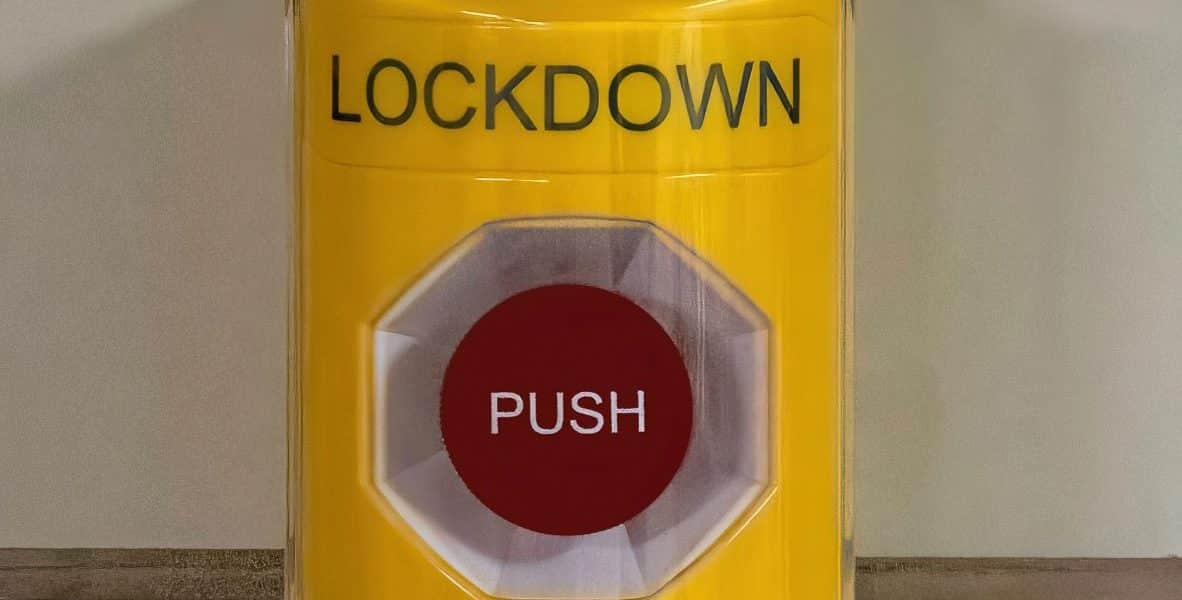When it comes to campus safety, Christian and private schools must effectively address two main components of their lockdown and/or emergency response plans to keep their communities safe. The first is Procedures. The second, and often neglected yet most critical aspect, is Rapid Communication.
The Value of Strategic Lockdown Procedures
Procedures are comprised of the steps that Christian and private schools must follow in any circumstance that requires a lockdown or shelter-in-place. One of the most common procedures involves locking the classroom doors, turning off the lights, and moving students to a secure area.
When procedures are known, rehearsed, and executed correctly, this familiarity lends to improved safety outcomes during real-life emergency situations. Students and staff understand what to do and when to do it, reducing hesitation when every second counts.
Swift Communication Is Vital
The second component crucial for enabling Christian and private schools to mitigate damage and prevent loss of life in dire situations: rapid communication.
Effective rapid communication includes the school’s ability to swiftly deliver messaging about the impending danger to everyone on campus and to reach the necessary emergency personnel to adequately resolve that threat.
Rather than leaving the door open for human error and possible communication breakdowns, schools that leverage technology to facilitate communication increase their ability to respond promptly during emergencies. A right-fit emergency notification technology solution can make all the difference in life-or-death situations.
The Problems with Typical Emergency Communication Practices
The issue here is evident: With sole reliance on human involvement during emergency situations, possible communication breakdowns introduce room for error that can lead to delayed response times. The effect is cascading. Those delays in response or delivery of inconsistent messages can cost valuable minutes and give way to the potential for catastrophe.
In many schools, the PA system or the multi-line phone system is used to share notifications during a lockdown scenario or other emergency event. For example, in some schools, teachers may call the main office or make a school-wide PA announcement themselves once they have identified imminent danger.
From there, the main office staff notifies other key stakeholders across campus and separately contacts law enforcement and emergency responders. This process is generally established to protect those within campus buildings. Often, those outside of the buildings or in infrequently trafficked areas will only have second- or third-hand information passed to them as their form of notification. The reliability of that information is shaky at best.
The problem with typical emergency procedures is that they are built under the assumption that several people are responsible to relay any and all communications about pending threats. This means that in an urgent situation, each person needs to be ready to make calm, coherent, and instantaneous decisions that are aligned with protocol and communicate them over a PA or phone system to allow for the next step in safety procedures to be executed.
The margin of error that can result from any breakdown in passing information from one person to the next has a clear and direct correlation to slower response time and increased potential for damage and loss.
While manually using the intercom or PA system may be part of the procedure, many schools have places where announcements are difficult or impossible to hear (gyms, parking lots, or sports fields, for example). These vulnerable spots only compound the issues outlined above that result from unclear and inconsistent delivery of information.
By leveraging technology to automate messaging and covering the full campus grounds, the opportunity for error is drastically reduced and overall safety is greatly improved. Moreover, integrating technology solutions like phone, emergency notification, access control, and video surveillance systems greatly improves the likelihood for quick and effective resolution.
Essential to a comprehensive emergency preparation plan, connected systems deliver a cohesive, consistent message, enabling proper action to be taken quickly by law enforcement and emergency responders.
Ensuring Your School’s Safety in the Event of an Emergency
Providing for Christian and private schools’ safety in the event of an emergency requires the combination of your procedures with the most efficient and effective safety and communications technology.
Seek partners who offer collaborative insights, look to provide you with educational outlets on best leveraging automated systems for emergency situations, and who understand the unique needs of your school campus.
Working with a collaborative partner that provides customized technology solutions that meet your school’s safety and budgetary needs is essential to making our communities safe havens for learning and growth.
Because when it comes to school safety, we’re all in this together.
This article is courtesy of Eastern DataComm, a safety and communications expert with over 30 years of operation serving schools, businesses and municipalities, www.easterndatacomm.com.






